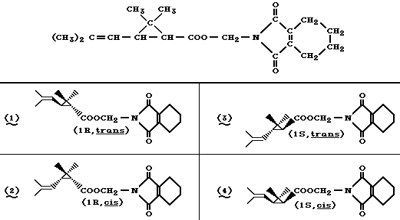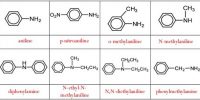In the distillation of crude oil there is a gap between gasoline and kerosene, the fraction known as naphtha. Unprocessed naphtha is unsuitable for blending with gasoline as it lowers the octane number. Naphtha is unsuitable for blending with kerosene as, quite apart from any performance considerations, it lowers the flash point. We saw in a previous chapter that reformed naphtha is frequently blended with gasoline. Naphtha can also be steam reformed to make fuel gas or synthesis gas. Like gasoline, kerosene can come from sources other than crude oil including shale and tar sands.

Kerosene is of course used to power jet aircraft. A jet fuel might be kerosene alone or it might be ‘wide cut’ taking in some of the heavier components of the naphtha boiling range additionally to the kerosene. In such fuels however kerosene will always be in preponderance. A jet engine is a gas turbine, and burning is continuous at a combustion chamber. This is in contrast to a petrol or diesel engine where ignition occurs at the required stage in the thermodynamic cycle. Consequently there is no analogue for kerosene of the octane number for gasoline.













